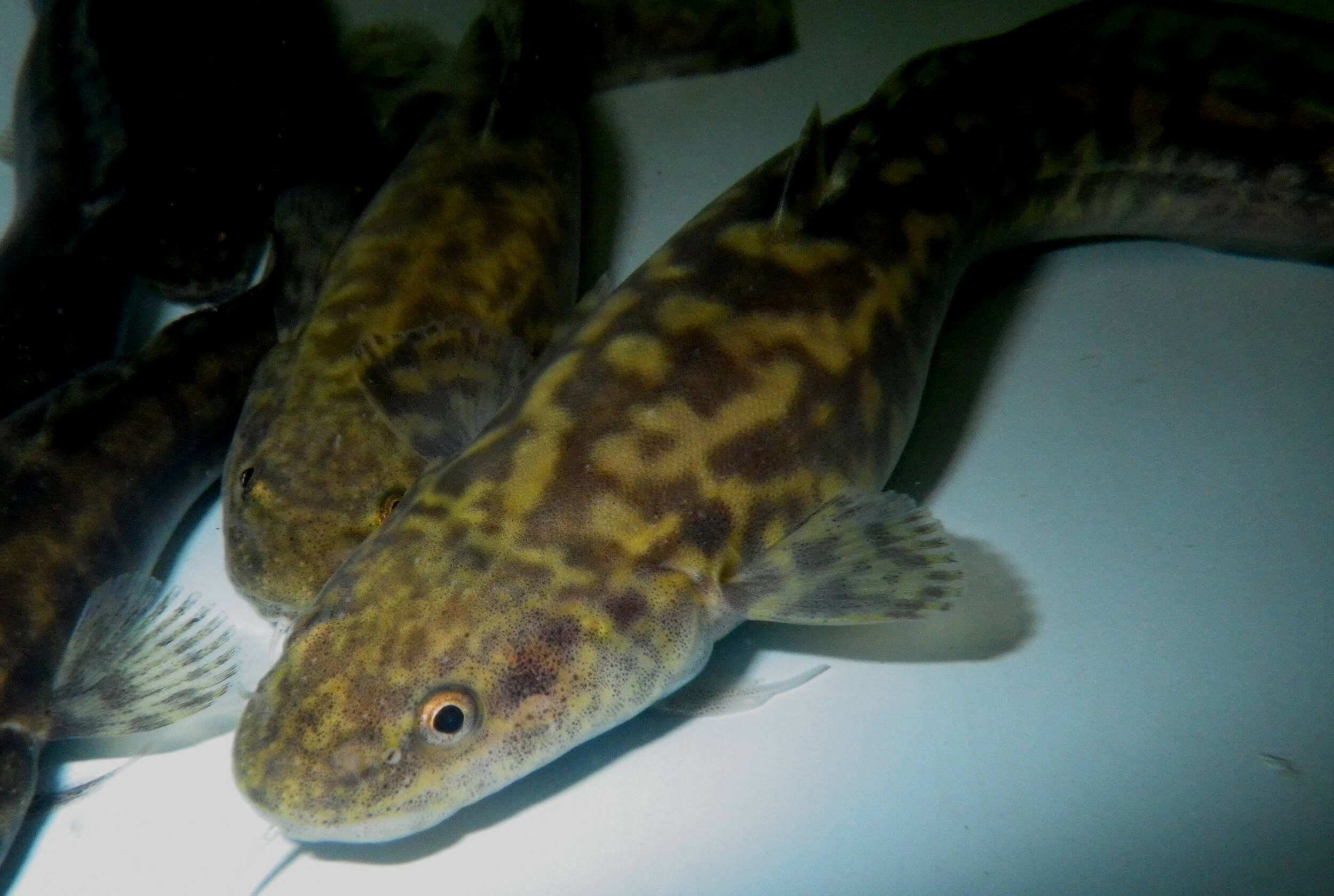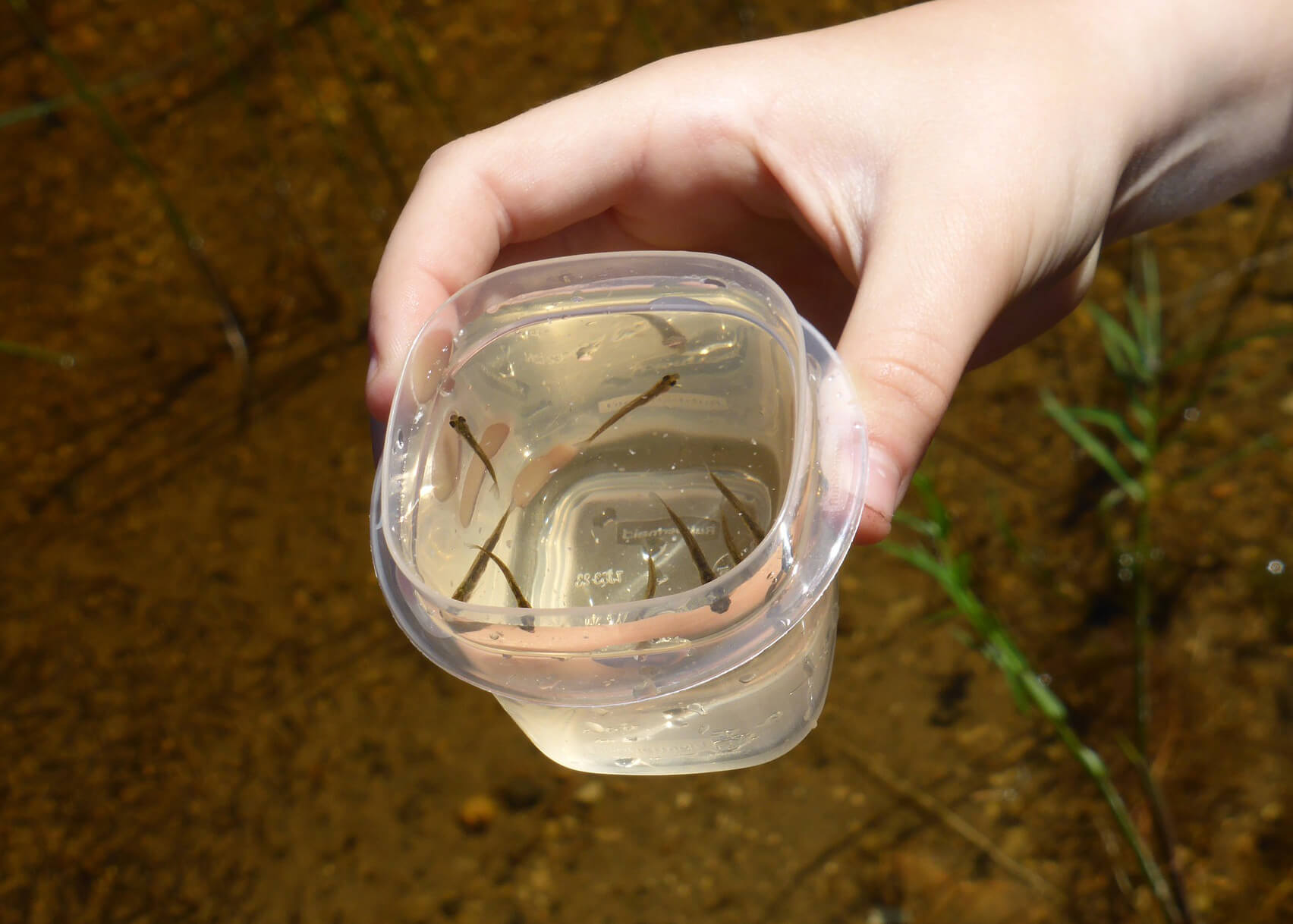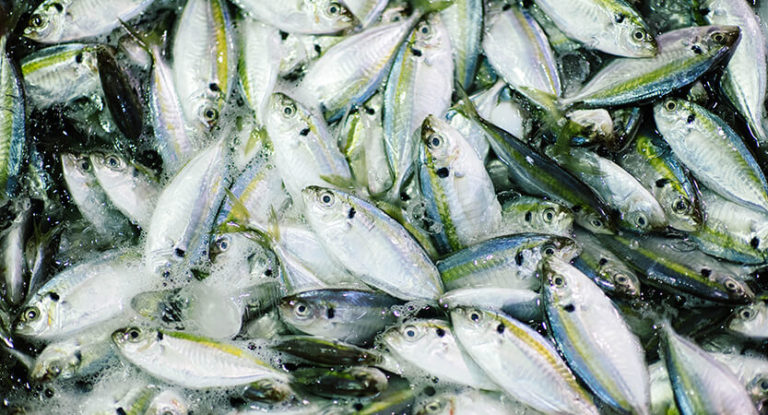Burbot, fish stands out for its appearance among other representatives of the ichthyofauna of rivers in North Asia and Eastern Europe. This is the only representative of the cod in freshwater bodies.
Here is an overview of the content of this tutorial, feel free to jump to any section you care about:
For more fishing instructions, take a look at these popular Trizily links: Moray Eel Fishing, Croaker Fishing.
- The 7 best spinning rods 2022
- The 7 best baitcasting reels 2022
- The 9 best lures for bass fishing 2022
- The 7 best fly fishing reels 2022
Burbot Fishing
Characteristics of burbot
Burbot is considered a cold-loving fish, with an increase in water temperature for a long time, during the summer heat, mass kills can occur. In summer, as a rule, lies in the so-called Hibernation. Dimensions can reach a length of more than a meter and a weight of about 25 kg.

Reproduction habits
The fish becomes sexually mature at 2-4 years of age. In areas of the Far North, they ripen only for 6-7 years. Spawning occurs in winter time from November to February, depending on the region. In the northern regions before. Spawn occurs on a sandy or pebble bottom. Caviar is semi-pelargic, therefore it is carried away by the current and gradually it is clogged under stones.
Burbot fishing guide: Techniques, bait and gear
Burbot fishing techniques
Burbot is an exclusively bottom fish. He is caught on various bottom gear. We also come across bait fishing rods, but rather in the form of by-catch. In addition, burbot, in some cases, responds to spinning lures. But best burbot is caught on animal baits.
Catching burbot on bottom gear

To do this, you can use both specialized bottom rods and any other gear, such as snacks. Fishing usually occurs in the dark, so you should avoid delicate snap-ons that can cause problems in the dark. Fish often deeply swallows the bait, so you should not make thin leashes and it is advisable to have hooks with a long forearm. This will make it easier to pull the hooks out of the jaws of the fish. Burbot is not afraid of thick woods and rough snap. When fishing for burbot, it is worth having various clamps or other tools for pulling hooks from the jaws of the fish. Fishing for burbot most often occurs in autumn or spring, the fish is active and suitable in the coastal zone, so long casts are not necessary. Often the burbot is caught in half-bottoms when catching ruffs and minnows.
Winter burbot fishing
In winter, burbot are caught on the simplest winter lanterns. The fishing process consists in setting the allowed number of bets on the pond. Necklaces are installed at night, and checked in the morning. During the period of winter activity, burbot is perfectly caught on sheer spinners and gammarus (freshwater shrimp). Mumps of burbot are caught more often as by-catch, but bites are not rare. On spinners, fish are caught purposefully. In ancient sources, sometimes, it is advised to use squealing baits.
Burbot fishing bait

For the nozzle, various live bait are used: ruff, gudgeon, minnow and so on. Pecks burbot and chopped fish. It is believed that the “cutting” should hang out the insides that attract fish by smell. No less popular nozzle are large earthworms, mounted entirely on a hook. There are cases when anglers used poultry insides for packing.
Where to catch burbot
Burbot lives in the cold waters of the rivers of Europe, Asia, North America. Successfully bred in some reservoirs of European. It is found in most rivers of the Arctic and temperate zones. In the summer, burbot can accumulate at the exits of keys with cold water, makes holes, hides behind snags or in pits. With water cooling, burbot begins to actively eat. At this time, it can often be caught on the spills and near the coastline. After freezing, the fish continues to eat actively, going to smaller sections of rivers or lakes at night, in search of small fish.


![The 8 Best Fly Reels in 2023 [Buyers Guide] 5 The 8 Best Fly Reels in 2023 [Buyers Guide]](https://trizily.com/wp-content/uploads/2021/12/fly-reel-768x415.jpg)



